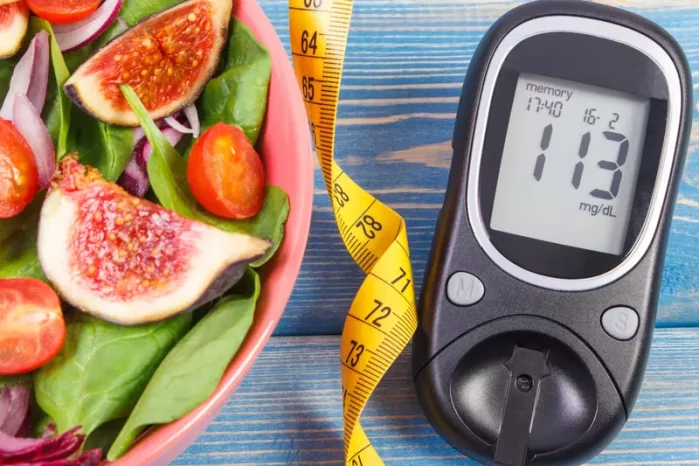New Delhi, 07 April 2025: As India grapples with being labeled the “diabetic capital” of the world, there is mounting concern about the escalating risk of diabetic retinopathy (DR), a severe eye condition that can lead to blindness in individuals with diabetes. Experts warn that this threat will intensify over the next two decades, putting more individuals at risk of vision impairment.
Statistics reveal that approximately one in three people with diabetes will develop diabetic retinopathy, with the condition predominantly affecting those in their working years. Moreover, about 10% of these individuals could face vision-threatening Diabetic Macular Edema. The rising prevalence of diabetes among those under 50 years of age underscores the urgency for action, as experts emphasize the need to include treatments for DR under the Ayushman Bharat-Pradhan Mantri Jan Arogya Yojana (AB-PMJAY).
Dr. Rupak Kanti Biswas, Director and Consultant VR Surgeon at Netralayam Eye Hospital in Kolkata, explained that for individuals with type 2 diabetes lasting more than 20 years, up to 70% are likely to develop diabetic retinopathy. “With the majority of diabetes cases now affecting people under 50, it is expected that 70-80% of them will eventually develop DR,” he said, highlighting the significant future burden on the healthcare system.
Dr. Biswas, who recently attended the 40th Asia-Pacific Academy of Ophthalmology (APAO) Congress, stressed the importance of early detection and intervention in managing diabetic retinopathy. “The key focus is preventing blindness, as once a condition progresses to an irreversible stage, it can no longer be classified as preventable blindness,” he added. Early treatment is essential for better outcomes.
The Indian Council of Medical Research-India Diabetes (ICMR-INDIAB) study reveals that approximately 101.3 million people in India live with diabetes, with an additional 136 million prediabetic. Alarmingly, over 57% of these individuals are undiagnosed, significantly increasing the risk of complications such as DR. Currently, around 12.5% of adults over 40 years old are affected by diabetic retinopathy.
While laser treatments were once the standard option for managing DR, the advent of intravitreal injections has been a breakthrough in treatment. However, access to these treatments remains limited, with only the Central Government Health Scheme (CGHS) and a few state governments providing coverage. The cost of intravitreal injections ranges from Rs 6,000 to Rs 60,000 per dose, depending on the medication used.
Experts continue to push for comprehensive coverage under the Ayushman Bharat scheme to ensure that the growing number of individuals affected by diabetes have access to the essential treatments needed to prevent irreversible vision loss.
Related topics:
Diabetes in West Virginia: Impact on Health and Ways to Manage the Disease
How Coffee Affects Blood Sugar: What People with Diabetes Should Know

























